George Clement Lord, the President of the Boston and Maine Railroad, purchased the estate known as Farm Hill in Wells in 1881. He planned on transforming it into a summer retreat and a gentleman’s farm. He named the farm, “The Elms,” and built his personal railroad station near the Farm! He died in 1893.


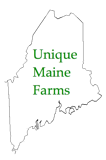

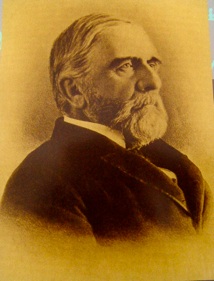
George C. Lord II (shown in this photo with his wife, Mary) was very involved in managing the farm. The farm became commercial-oriented. There was a large
herd of Guernsey dairy cows. Butter and cream were sold. Three York County Farmers’ Field Days were hosted by George C. Lord II at Laudholm Farm.
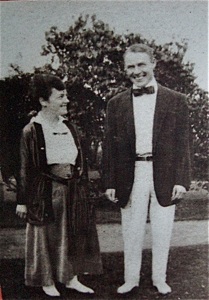
Charles E. Lord assumed management of the farm in 1908 when his brother Robert died. Charles changed the name of the farm to “Laudholm Farm.” He added poultry operations. The years of 1910 through 1929 were considered the “heyday of the Farm.”
After George Clement Lord’s death in 1893, his son, Robert W. Lord, became owner of “The Elms.” He increased the herd of cows and transformed the farm into a progressive dairy operation. He imported Guernsey cows from the Isle of Guernsey off the coast of Great Britain. At the time, they were rare in Maine. They were raised at the farm for sixty years. Under Robert’s management, many changes took place at the farm. The new Jamesway 120 Ton Barn was constructed, as well as the ice house and the water tower.
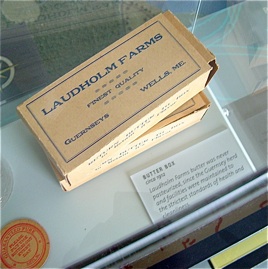
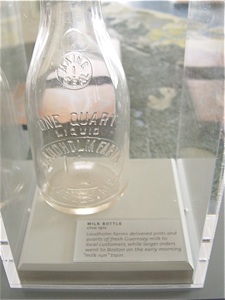
(Photos and information on this page are courtesy of the Wells National Estuarine Research Reserve’s exhibit in the Laudholm Farm’s Visitors Center and from Laudholm Farm, A History by Dan Stockford).
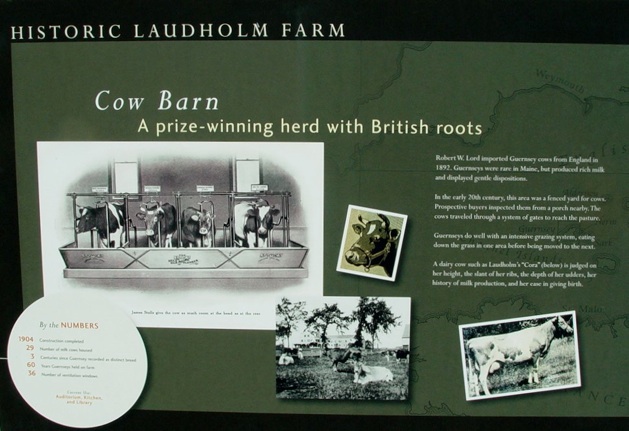

Charles E. Lord decided to sell the farm in 1920. With the Depression taking hold, the Lord family decided to welcome boarders to bring in some income.
Charles Edward Lord deeded the farm to his three children in 1931.
George managed the farm until 1952, when he sold his Guernsey herd. The land was farmed and hayed by local farmers until George’s death in 1977.
Several concerned area residents gathered to begin efforts to save the
farm from development. Thanks to the foresight and concern of these individuals, fortunately Laudholm Trust was established.
More Laudholm Farm photos and history will be added soon!
This milk bottle from Laudholm Farm was believed to be manufactured around 1912. Laudholm Farms delivered pints and quarts of fresh Guernsey milk to local customers, while larger orders went to Boston on the early morning “milk run” train.
Laudholm Farms’ butter box.
The Boade Family were the first residents in 1642 of the property that eventually came to be known as Laudhlom Farm. In the 1850 Agricultural Census, the crops that were grown on the farm included Irish potatoes, Indian corn, hay, barley, and orchard products. Six dairy cows showed up on the 1860 census, while sheep appeared in the records of 1870.

